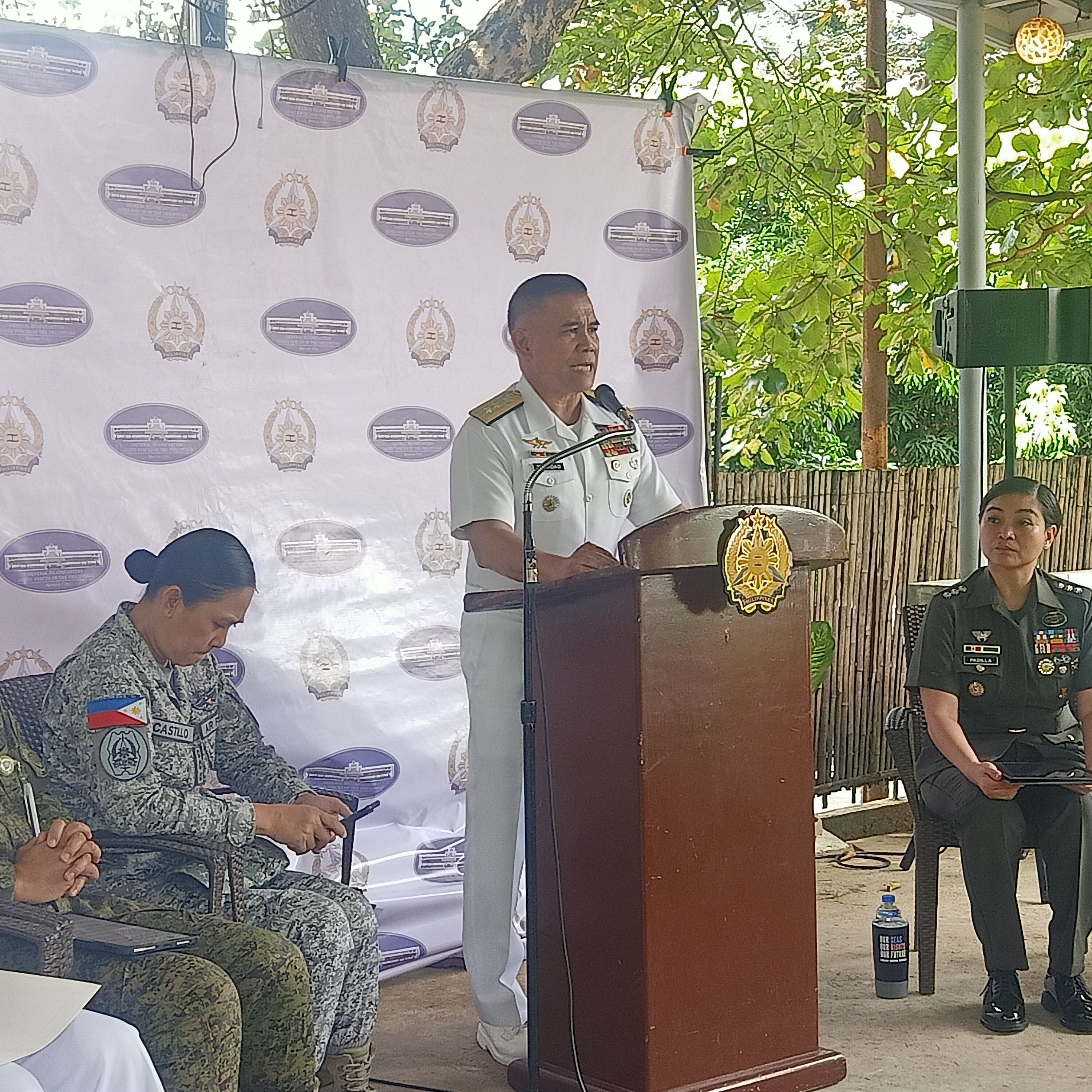'Nothing suspicious' even as PH Navy monitors most number of Chinese vessels in WPS

The Philippine Navy (PN) spotted 207 Chinese vessels in the West Philippine Sea (WPS) last week, the most number this year since the monitoring started in February, but a ranking official said it does not mean that something suspicious is ongoing in the disputed areas.
From Sept. 3 to 9, there were 18 China Coast Guard (CCG) ships, six People’s Liberation Army – Navy (PLA-N) warships, and 182 Chinese maritime militia vessels (CMMVs) in nine features in the WPS.
The number was higher than the 203 vessels monitored from Aug. 27 to Sept. 2.
“It is the highest that we have monitored for this year. A lot of maritime militia [vessels] are focused on Escoda or Sabina Shoal. Sabina or Escoda has been in our attention for the past number of months because of the reported increase of crushed corals and we have to determine if this is man-made or by force of nature, hence, the extra patrols given by the Armed Forces of the Philippines (AFP). the Navy, Philippine Coast Guard (PCG) and Bureau of Fisheries and Aquatic Resources (BFAR),” Rear Adm. Roy Vincent Trinidad, PN spokesperson for WPS, said in a press conference in Camp Aguinaldo, Quezon City on Tuesday, Sept. 10.
“The numbers don’t mean that there is something suspicious. In the first place, even [with] only one ship, their presence is already illegal within our exclusive economic zone (EEZ),” he added.
Most notable was the increase of Chinese vessels in Iroquois (Rozul) Reef, where there were 58 CMMVs and one PLA-N warship last week, from 36 CMMVs during the prior monitoring.
Meanwhile, there were 55 CMMVs, eight CCG ships and five PLA-N warships in Escoda (Sabina) Shoal while there were 49 CMMVs and a CGV ship in Pag-asa (Thitu) Island.
The other features with observed Chinese presence were Bajo de Masinloc (Scarborough or Panatag Shoal), Ayungin (Second Thomas) Shoal, Likas Island, Lawak Island, Panata Island and Rizal Reef.

“We are still trying to assess why there is an increase in number in Iroquois or Rozul Reef. However, we could say that for Sabina or Escoda, it’s because of the attention given to that particular shoal,” Trinidad said.
Last Aug. 31, a CCG ship rammed PCG vessel BRP Teresa Magbanua thrice while the latter was conducting patrol operations in Escoda Shoal.
Despite registering the highest number of Chinese deployment, Trinidad said the numbers are still “within the normal acceptable range” as it is “within the force projection capability” of China’s South Sea Fleet which covers the entire South China Sea.
China can field up to 80 to 90 ships and submarines from its PLA-N, 25 to 35 CCG ships, and 250 to 300 militia boats at any given time in the WPS.
"So long as these are the forces within [their] theater and they don't bring in other forces from the East Sea Fleet and North Sea Fleet, then this is still within the normal range of their capability," Trinidad explained.